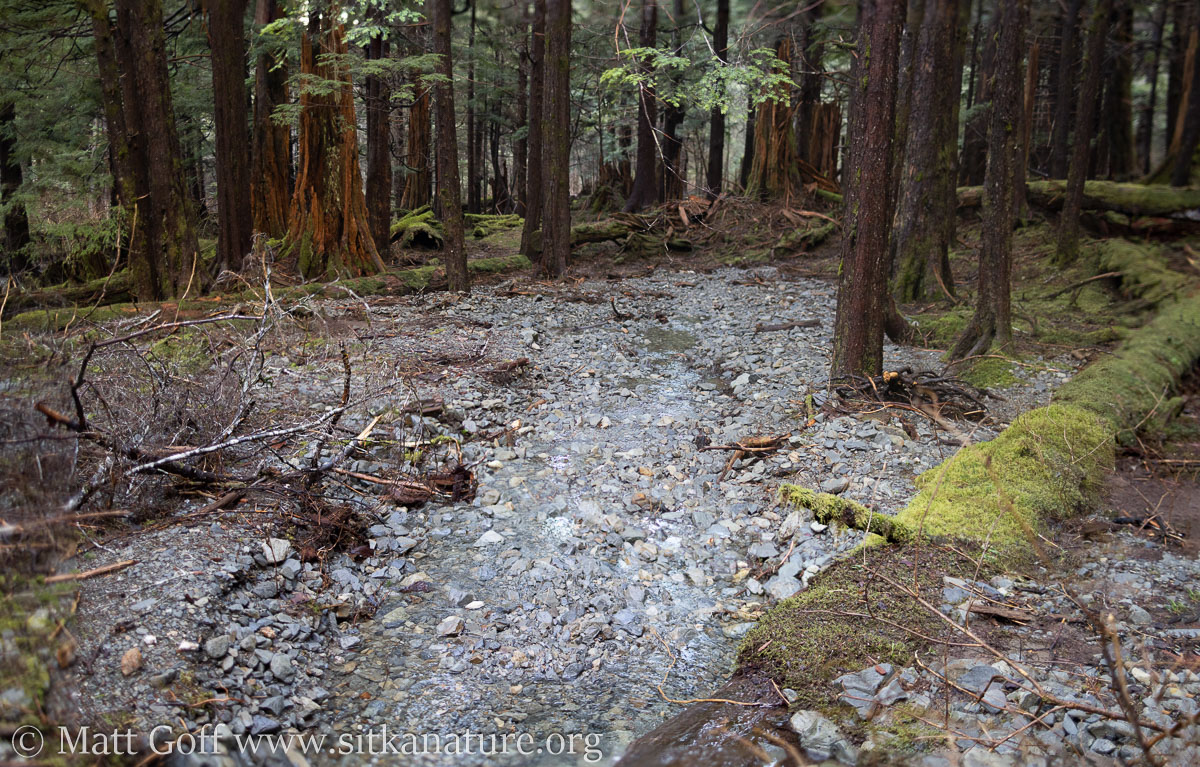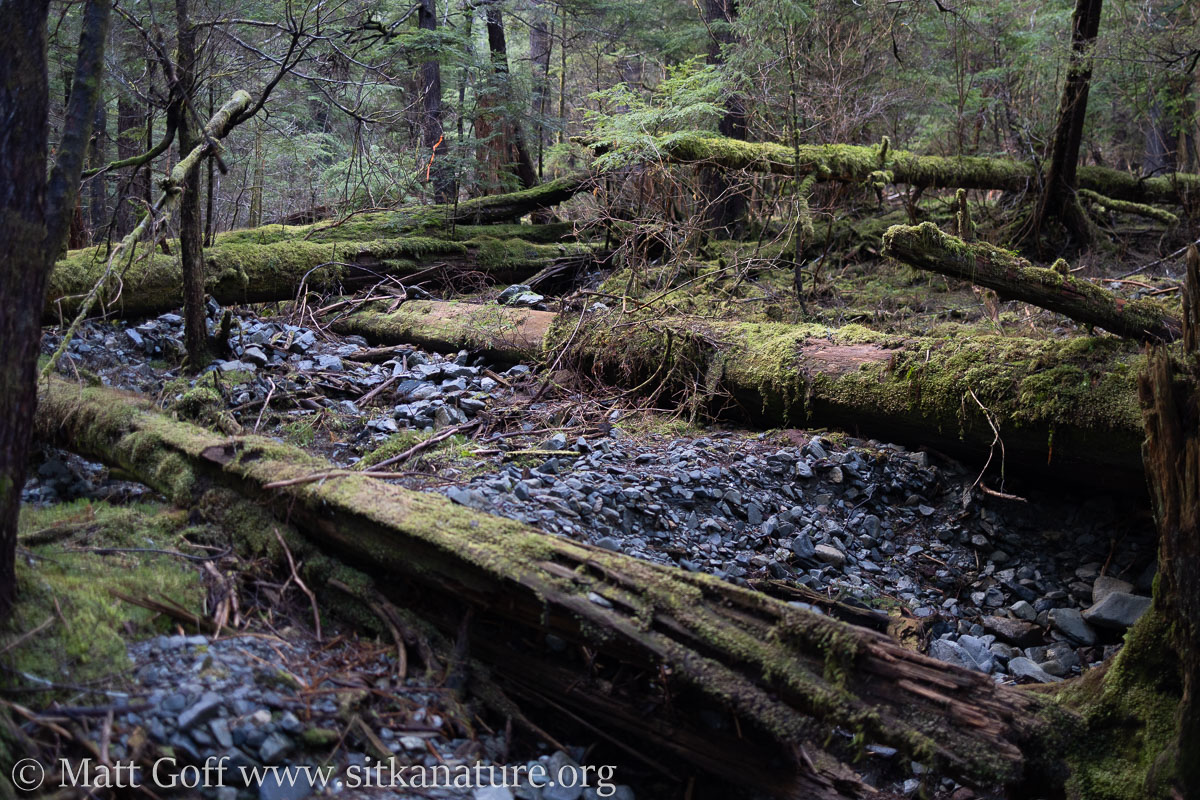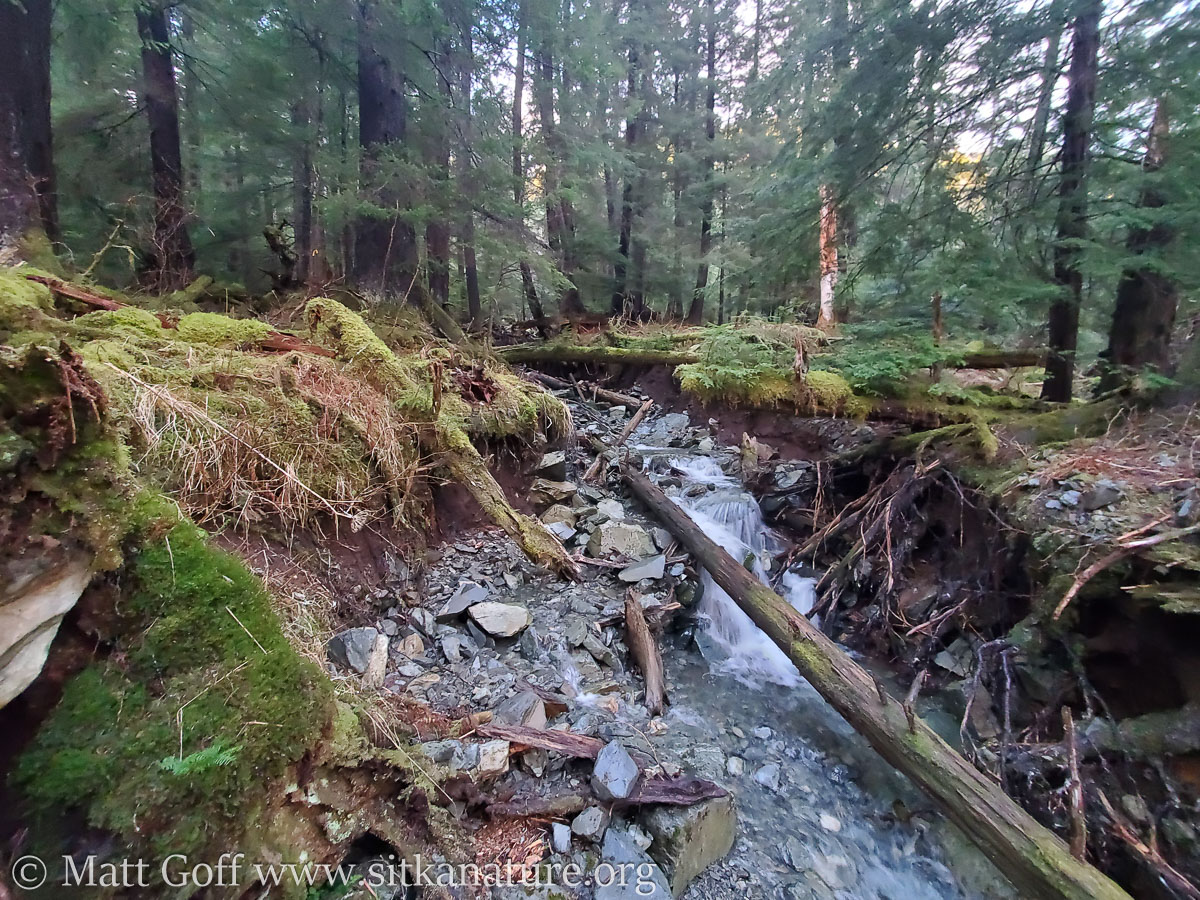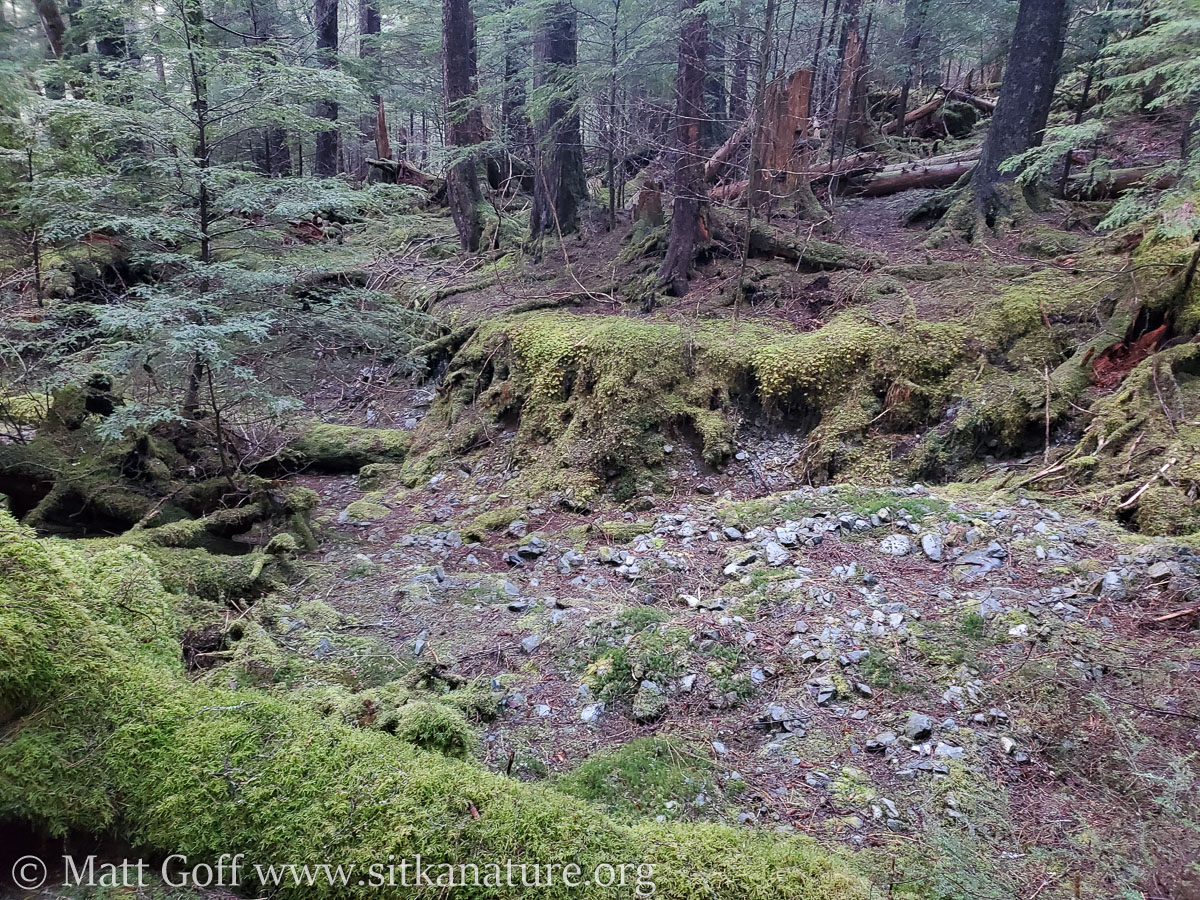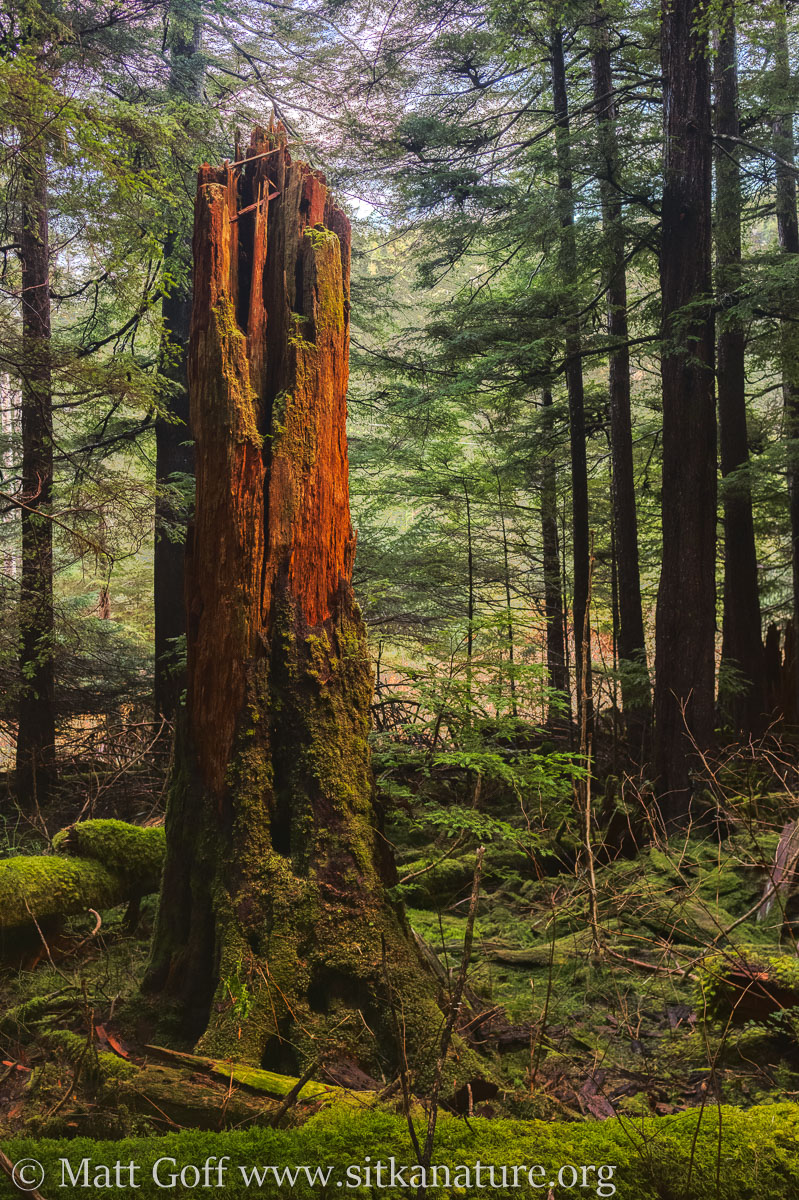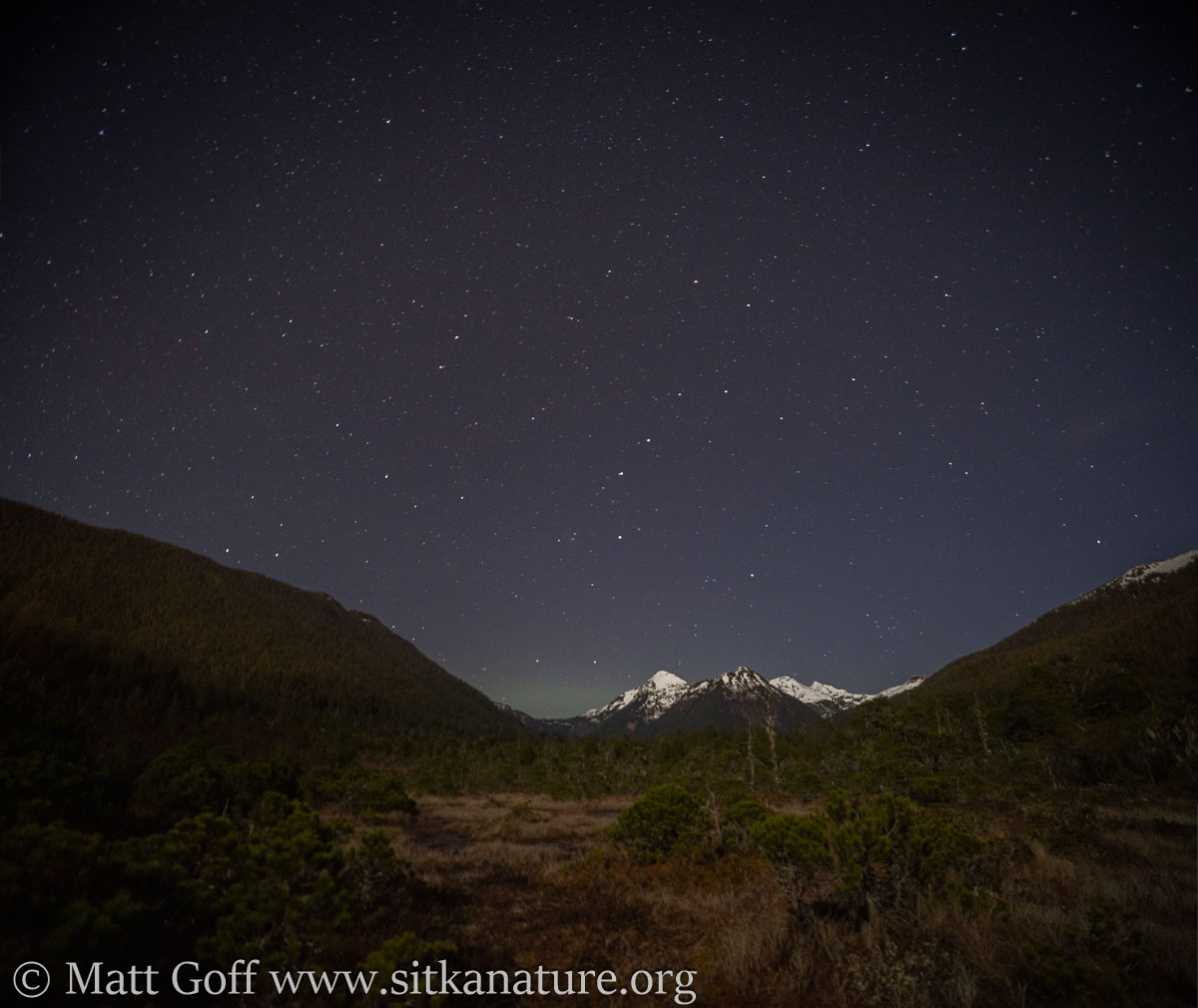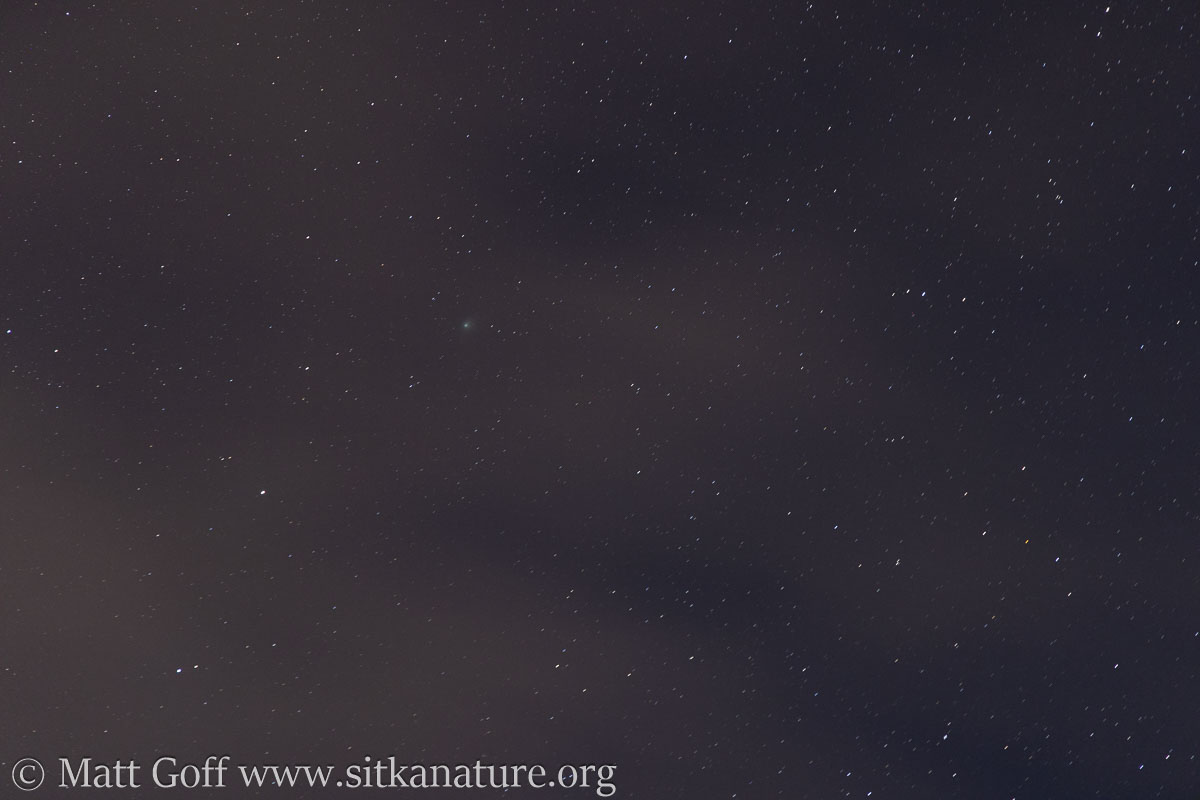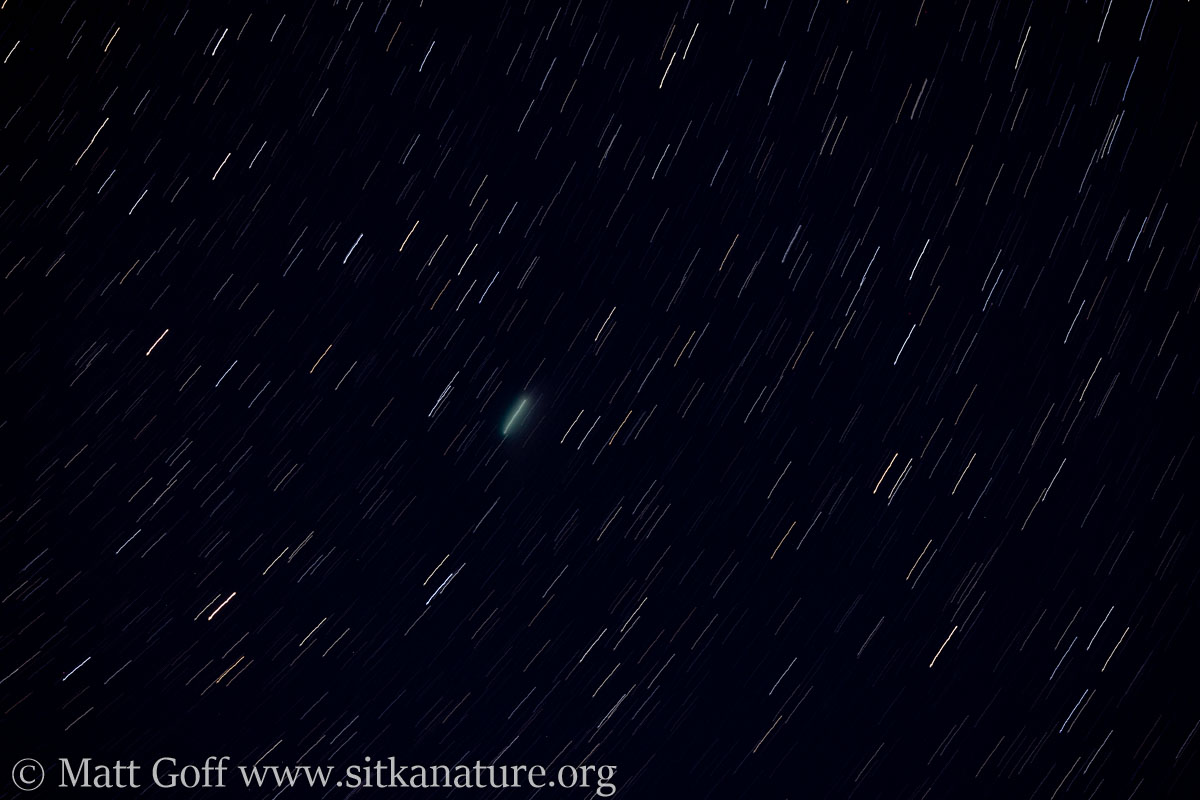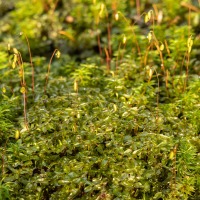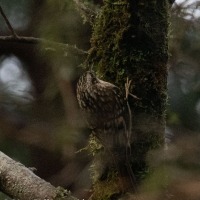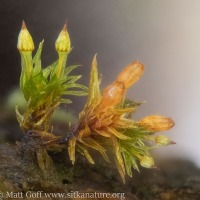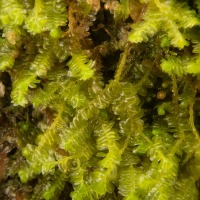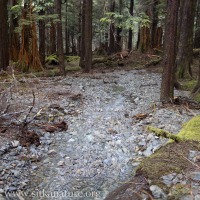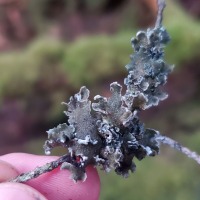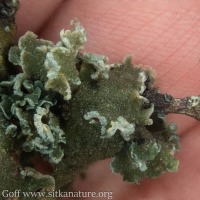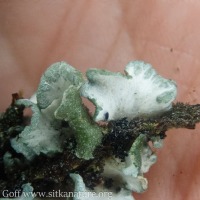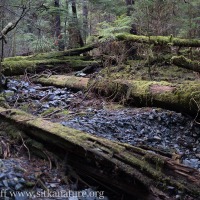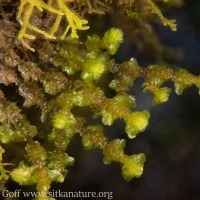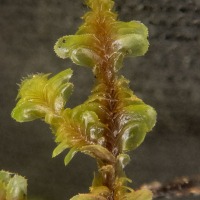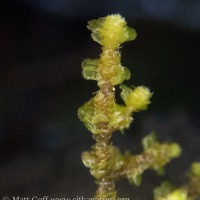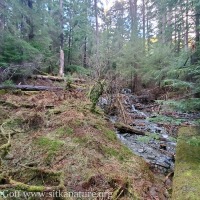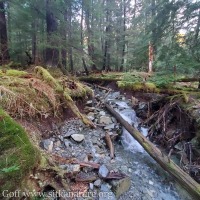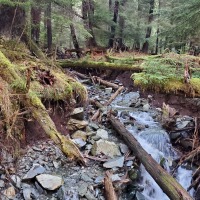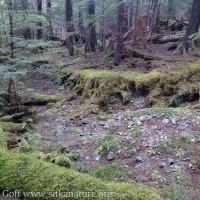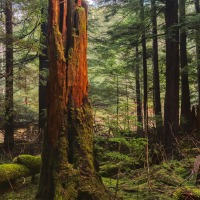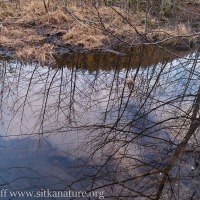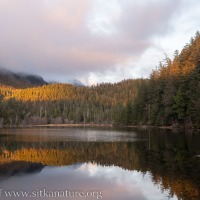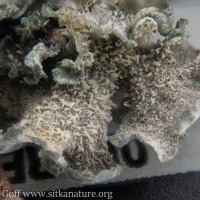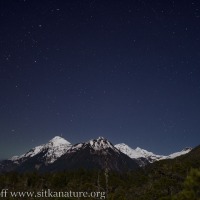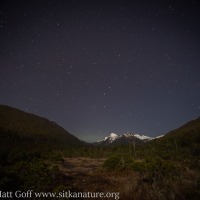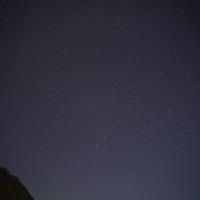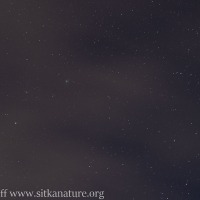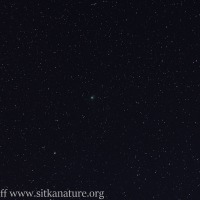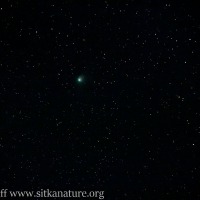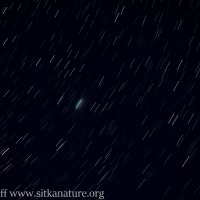Mostly cloudy this morning, becoming partly cloudy to mostly clear later in the day. Calm winds and temperatures into the 40s.
I went out to Thimbleberry Lake this afternoon.
I stepped off the trail not far before it starts going more significantly uphill beyond the lake.
I was curious about the amount of fresh rock deposited in the forest. Clearly much water had been flowing in order to transport the rock. However, there was no water there today, and a nearby channel was not immediately apparent to me.
I did find the channel and saw where it overflowed and spilled out. I’m still impressed at how much rock it took with it. One of these days maybe I need to get out during a heavy rain event and see if I can find something like this happening. I’m curious just how much water it takes to move the fist-sized and larger rocks.
I saw several flags, which made me a little curious. I was also curious about the stream channel, which the flags seemed to be close to. Given the stream channel, it wasn’t clear why so many flags were placed. It’s not the first time I’ve wondered about the mindset of someone who has put flags out.
My curiosity was piqued when I came to a deeply carved channel the stream was flowing through. What surprised me was how fresh it looked. None of the banks had any sort of growth on them. In some places roots were hanging out where the dirt had been washed away.
I poked around a bit and not far away found what I presume to be the old channel. I continued up to where the new and old joined. A little higher I noticed what might have been an even older channel.
I’m assuming the flags were marking someone’s route for hunting. Sometime I might go back and see about going up the hill. If I went all the way up, I would come out somewhere in the vicinity of Picnic Rock or the saddle nearby.
By the time I turned around, I saw I was going to have trouble making it to see the sunset. If clouds cooperated, it should have been possible to get the sun setting behind the lighthouse, but I wasn’t in time to confirm.
While wandering my way up the hill, I did find a rare lichen. A small branchlet with a lichen on it was laying on the mossy forest floor and caught my eye. I took some photos and put it in a collection bag. Erioderma sorediatum is one I had found once before. At first I didn’t remember it, but after getting home, it came to mind. I was able to confirm (to my ability) that’s what it was. [Update: I heard from someone much more knowledgeable than I that it looked a bit different than E. sorediatum, but he wasn’t sure what it is, so I’ll probably send the collection of for further study. Could turn out to be E. sorediatum afterall, or perhaps something even more unusual.]
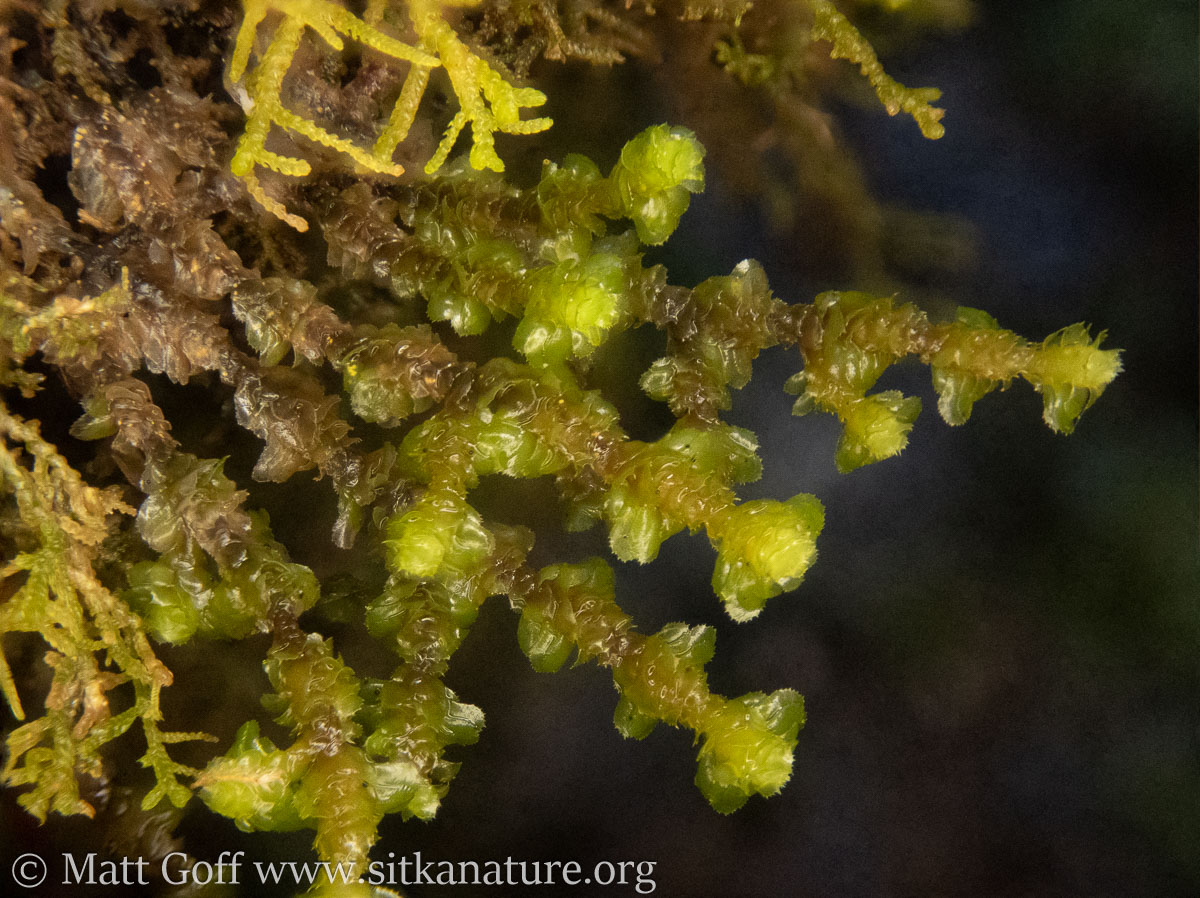
I was intrigued by the different growth form when I saw it. Unlike anything I had seen before. A cmment on my iNaturalist observation suggested this may be feeding sign by an insect (Caurinus tlagu). This still raises the question of how that would result in this growth form
I also noticed a liverwort with an odd growth pattern. It’s apparently a Scapania. I don’t know if it was something particular about this clump, or if it might be characteristic of a species. Generally speaking, Scapania can be a challenging group to ID. [Update: after posting on iNaturalist, I learned others have found similar growth on S. bolanderi, an abundant forest liverwort. One person thought it is due to grazing by an insect that likes to live on/among this species. In this area it would be Caurinus tlagu, though there’s a different species further south.]
Clear skies this evening inspired me to get out and try for pictures of the comet.
In the darker area away from street lights I could barely see there was something there in my binoculars. However my camera picked it up reasonably well.
I enjoy night photography, but don’t do much of it. Conditions are not often conducive for it around here. I’m not as skilled at the techniques as might be helpful, so it can be a challenge to get results I’m happy with. Even so, I get a certain amount of satisfaction with just the basic documentation I’ve managed. Perhaps at some point I’ll get a setup that allows the camera to move with the stars, allowing for much longer exposures which can better reveal deep sky objects.
My iNaturalist Observations for Today



